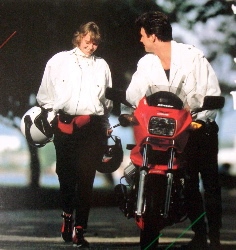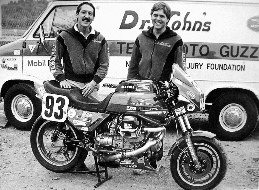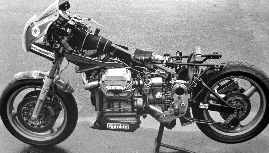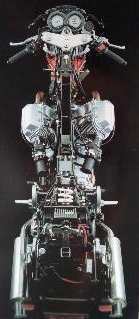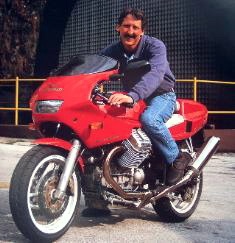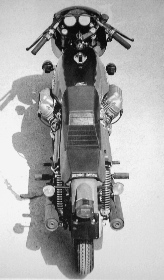Brief list of De Tomaso's activity around this era is like below :
There was a first oil shock at this time, and De Tomaso worked well, especially against the big Ford and Lee Iacocca. He've already had a premium car brand of his own name, but I can't image how he became to be interested in motorcycle market.
1970,71
Sold almost all stock of Ghia, Vignare, US De Tomaso
(namely, Pantera project) to Ford.1971
Purchased Benelli. (on the capital of above selling ?) 1973
Purchased Moto Guzzi. 1974
Bought back the stock of Vignare, De Tomaso from Ford.
(with the price of 1/3 ?)1975
Bought Maserati. 1976
Bought Innocenti.
He bought Moto Guzzi, but he could not be a only one king. There should be some strong stock holder beside him, and the remnants of SEIMM maybe, too. A few performers seemed to do battled for the benefit of company, or of its own. The "company name" of frame number plate of Moto Guzzi bikes changes as below :
SEIMM MOTO GUZZI : from SEIMM to De Tomaso era.De Tomaso was a biggest holder, but some management details seemed to be decided by Moto Guzzi itself. So it's difficult to say clearly which was the De Tomaso's work, but it can be listed easily as below.
GBM (Guzzi Benelli Motor) S.p.A : strong De Tomaso era, from 1988.
MOTO GUZZI S.p.A : after the shrinkage of the effect of De Tomaso.
- Quitted V7 models and shifted to the models of Tonti frame.
- Pushed cost down to make parts common over some models.
- Imitated Japanese bikes by In line 4 cylinders or small 2 stroke models. (254, etc.)
- Introduced small V twin models. (Imora, Monza, Lario, etc.)
- New design concept following the 4 wheel cars trend. (T5, etc.)
- Introduced mode design like 16 inch front wheel. (LeMans 1000, etc.)
- Released spine frame models. (Daytona, etc.)
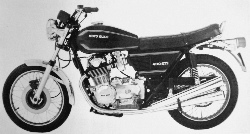
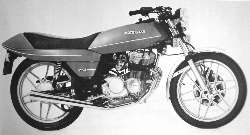
Left : 400GTV (It's not HONDA, perhaps...)
Right : 256 (Its engine rounds up to 10,000rpm, at this era !)
(both from ref. No. 1)
Japanese were already majority at this time, so it must be difficult to keep motorbike makers. But his attitude doesn't show positiveness so much. It seems that his interest was focused to the efficiency of his facility and business benefit, not bike itself. Someone says De Tomaso hated imitation, but the examples above prove opposite. He introduced Daytona, but he had no interest to provide new Moto Guzzi bike to the market. His intention was just to change the Dr. John's result in AMA to the company's benefit. His blood seems to be always cool.
And now you can see the Benelli and Innocenti fab. was closed till the end of 1990's, and the remained are only the Moto Guzzi V twins. That was the result of his work for motorcycle business.
Remaining models of Moto Guzzi, California or LeMans etc., are the result of proper management of Moto Guzzi itself, not the direction of De Tomaso. On the contrary, some cosmetic features, like front 16 inch of LeMans1000, look too rough and crude against the matured essence of Moto Guzzi motorcycles.
Maybe he kept and defended Moto Guzzi, but as a result, Moto Guzzi seemed to be taken into the dark image of De Tomaso. Someone, including Dr. John, says that he loved Moto Guzzi, but I can't image how he loved it.
He's already dead in May 2003, so none can ask this question to him. But if I could ask it, his answer would be very cold and flat compared to the everything he did to Moto Guzzi. It's just my image, because my dark image for him, and that is, my prejudice, perhaps.
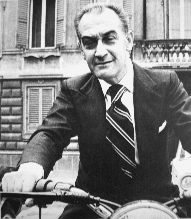
How did you love Moto Guzzi, and why ? (photo from ref. No. 1)
